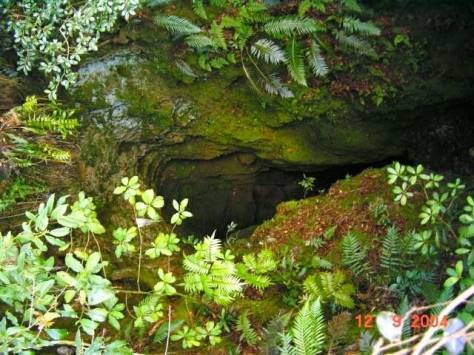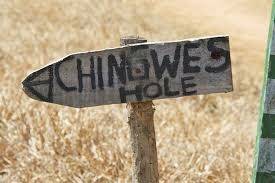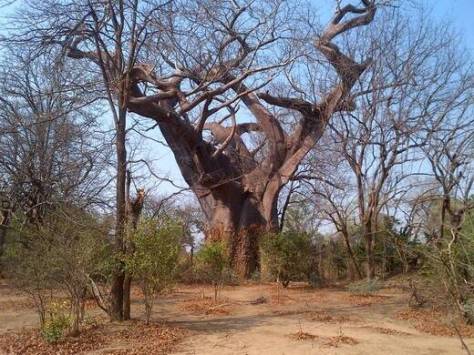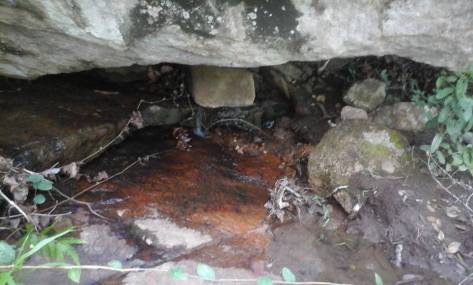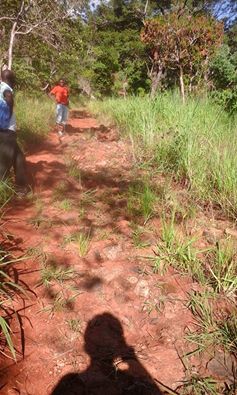
When an elderly Malawian hears the Chichewa word mphini they might first think of incisions traditional healers locally known as asing’anga make to administer either herbs straight into the bloodstream or for protective charms hence // and similar slashes in opposite and various positions depending on the “treatment.”
Others will remember tattoos, traditional scars or marks ancestors in some cultures regarded as beauty in women from the head to toe.
According to Mayi Jarden, a local healer based in a Mulanje village who deals with the spirit world, some specific //slashes were also viewed as the click of the Abathwa where both the Pygmies and Bushmen in English were grouped together but locally known as Abatwa and Abathwa respectively. 
Online sources show stone-aged tools indicating that people who are known as Abathwa, Akafula or Amwandionerapati lived in Malawi since around 8000 BC” making them the country’s first settlers.
Now healers who claim to know the ways of the AbaTwa in relation to herbs and healing also value Mulanje Mountain forest reserve including Dziwe la Nkhalamba and some areas near Lake Malawi and other areas in the country where there is water and ancient rain shrines.
It’s because of the definition of the word mphini that many Malawians concluded that the rock in Lake Malawi National Park Cape Maclear called Mwala wa Mphini was created by the ancestors.
“No” say some healers attributing its creation to an act of Chauta, Namalenga, Mphambe (God) hence natural and not mankind creating the marks on the rock.
But there are still rumours of ancestors somehow creating the marks on the rocks but that is not true.
In an email response, Samba Sarah Kambalame, Monuments Officer for Malawi’s Department of Antiquities said the Mwala wa Mphini monument is a tattooed geological structure.
“The name Mwala wa Mphini in literal translation means “Rock marked with traditional scars” Its geomorphic formation presents a picture of scars that amaze locals and visitors. It dates back to the Iron Age.
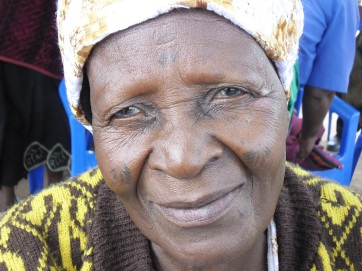
“Many myths are told about the rock’s origin and healing powers. Many believe it to be a sacred rock; local medicine men make healing and protective concoctions from chipping aggregates of the rock,” she explains.
Internet sources explain that geological structures as faults and folds are the architecture of the earth’s crust.”
“Geologic structures influence the shape of the landscape, determine the degree of landslide hazard, bring old rocks to the surface, bury young rocks, trap petroleum and natural gas, shift during earthquakes, and channel fluids that create economic deposits of metals such as gold and silver.
“Folds, faults, and other geologic structures accommodate large forces such as the stress of tectonic plates jostling against each other, and smaller forces such as the stress of gravity pulling on a steep mountainside.
“An understanding of the structures that shape the earth’s crust can help you see when and where the crust was subjected to pushing or pulling,terrane accretion or crustal rifting,” further reads https://commons.wvc.edu/rdawes/basics/structures.html
The same website also explains how stress refers to the forces that cause rocks to deform and three three basic types of stress that deform rocks including compression (pushing together),tension (pulling apart) and shear (twisting or rotating).
“In response to stress, rocks will undergo some form of bending or breaking, or both. The bending or breaking of rock is called deformation or strain.
If rocks tend to break, they are said to be brittle. If a rock breaks, it is said to undergo brittle behavior. If rocks tend to bend without breaking, they are said to be ductile, further reads the same website.

